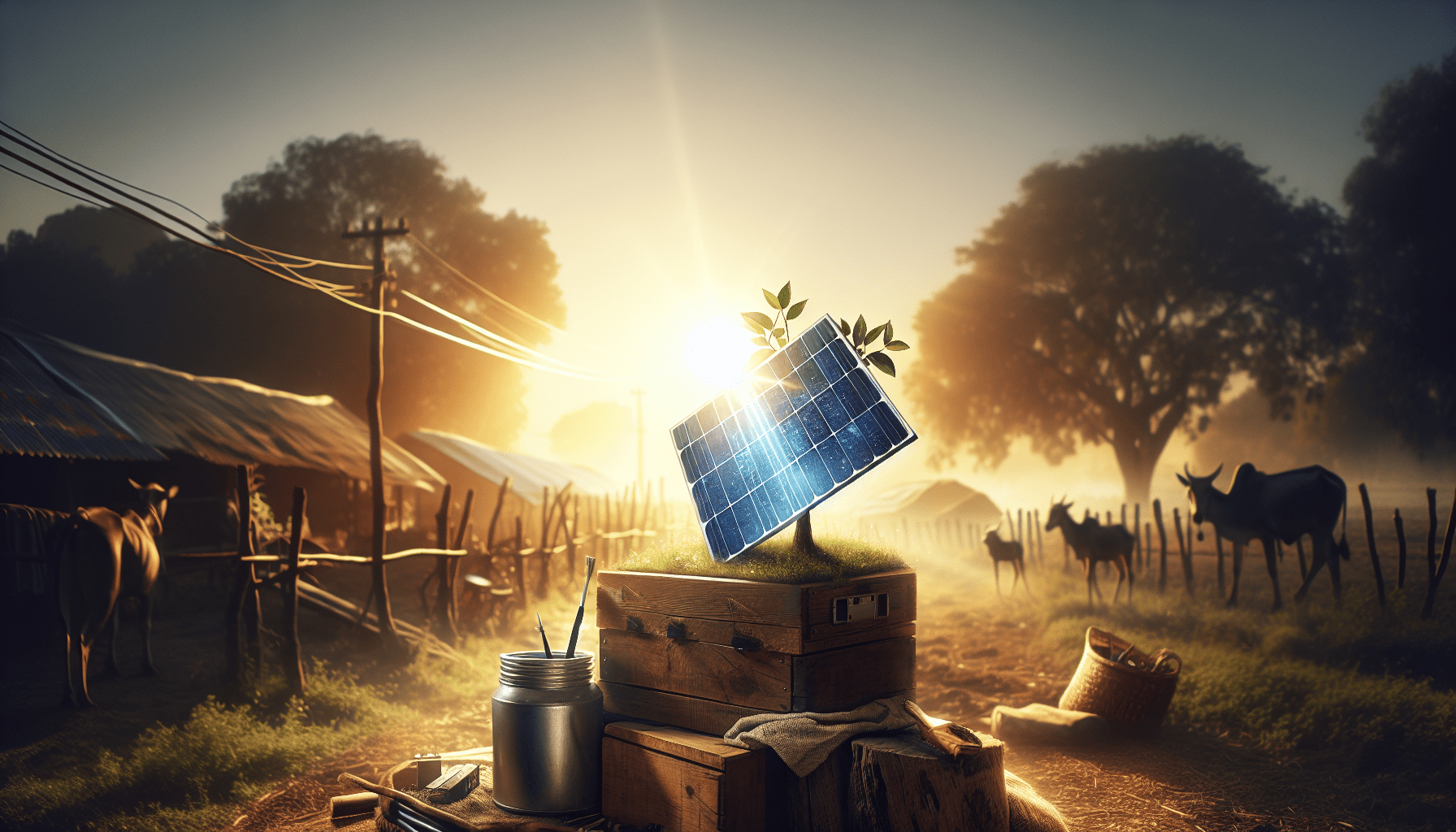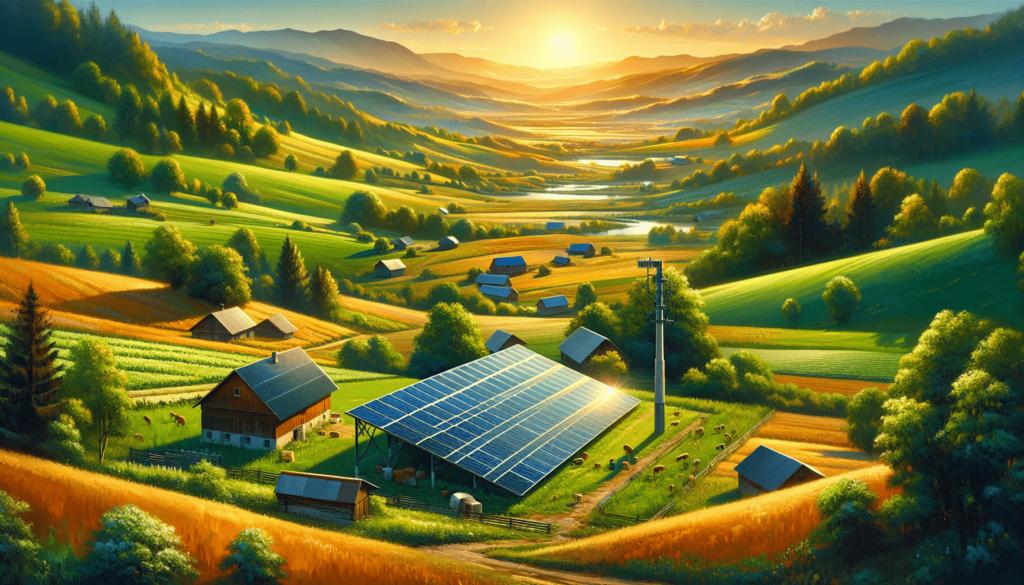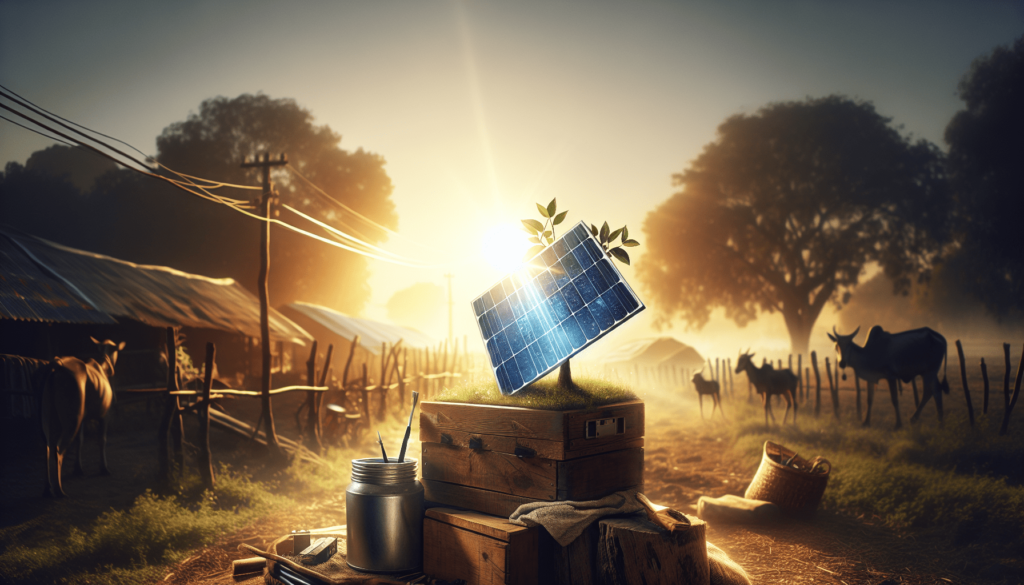
Have you ever wondered what the cheapest way to generate power is? As you look into various energy solutions, the answer isn’t always straightforward. Let’s break it down and find out how different power generation methods affect your wallet and the environment.

Introduction to Power Generation Costs
Understanding the cost of power generation isn’t simply about looking at the price tag attached to the technology. Several factors contribute to this cost, including initial setup, maintenance, fuel prices, and environmental impact. When you weigh all these aspects together, you get a fuller picture of what it truly costs to generate power.
Key Factors Affecting the Cost of Power Generation
Before diving into different methods, it’s critical to understand the key factors that influence the cost of generating power.
-
Capital Costs: These are the initial costs associated with setting up the power generation infrastructure. It includes the construction of plants, purchasing equipment, and installing systems.
-
Operating Costs: Once the power plant is up and running, operating costs encompass maintenance, management, and operational labor.
-
Fuel Costs: For power generation methods that require fuel, these costs can fluctuate based on market prices.
-
Environmental Costs: These include expenditures on managing emissions, waste, and other environmental impacts, which can also affect operational expenses.
-
Longevity and Efficiency: The longer and more efficiently a power system can run, the more cost-effective it becomes over time.
Comparing Different Power Generation Methods
By examining different power generation technologies, you can get a well-rounded understanding of their respective costs and benefits.
Fossil Fuels: Coal, Natural Gas, and Oil
Fossil fuels remain one of the most common methods for generating power. Let’s see how each of these stacks up in terms of costs.
Coal
Coal-fired power plants have high capital costs but generally lower fuel costs compared to oil. However, coal has significant environmental costs due to its high emissions.
| Factor | Cost Description |
|---|---|
| Capital Costs | High due to massive infrastructure requirements |
| Operating Costs | Moderate |
| Fuel Costs | Low |
| Environmental Costs | High due to emissions |
| Longevity and Efficiency | Moderate to Low |
Natural Gas
Natural gas is often touted as a cleaner alternative to coal.
| Factor | Cost Description |
|---|---|
| Capital Costs | Moderate |
| Operating Costs | Lower than coal |
| Fuel Costs | Variable but moderate |
| Environmental Costs | Lower than coal but still significant |
| Longevity and Efficiency | High |
Oil
Generating power through oil is less common due to its high costs and environmental impacts.
| Factor | Cost Description |
|---|---|
| Capital Costs | High |
| Operating Costs | High due to the price of oil |
| Fuel Costs | High |
| Environmental Costs | High due to high emissions |
| Longevity and Efficiency | Moderate |
Renewable Energy Sources
Renewable energy sources are often seen as a way to mitigate environmental impacts while also reducing long-term costs.
Solar Energy
One of the most talked-about renewable energy sources is solar power.
| Factor | Cost Description |
|---|---|
| Capital Costs | Moderate to High depending on scale |
| Operating Costs | Low due to minimal maintenance |
| Fuel Costs | None |
| Environmental Costs | Very Low |
| Longevity and Efficiency | High |
Wind Energy
Wind energy is another popular renewable option, especially in areas with consistent wind patterns.
| Factor | Cost Description |
|---|---|
| Capital Costs | Moderate to High |
| Operating Costs | Low |
| Fuel Costs | None |
| Environmental Costs | Very Low |
| Longevity and Efficiency | High but variable depending on wind patterns |
Hydropower
Hydropower uses the energy of flowing water to generate electricity.
| Factor | Cost Description |
|---|---|
| Capital Costs | High due to dam and infrastructure |
| Operating Costs | Low |
| Fuel Costs | None |
| Environmental Costs | Variable depending on ecosystem impact |
| Longevity and Efficiency | Very High |
Nuclear Energy
Nuclear energy is a powerful option with its own unique cost structure.
| Factor | Cost Description |
|---|---|
| Capital Costs | Very High due to safety and infrastructure |
| Operating Costs | Low to Moderate |
| Fuel Costs | Low due to uranium efficiency |
| Environmental Costs | Moderate due to waste management |
| Longevity and Efficiency | Very High |
Soft Costs and Hidden Factors
It’s crucial to take into account some of the “soft” costs and hidden factors that can affect the total cost of power generation.
Grid Integration
Integrating power sources into the grid can vary significantly in cost. Renewable sources like solar and wind often require updates or changes to the grid system.
Policy and Subsidies
Government policies and subsidies can dramatically influence the cost-effectiveness of different power generation methods. Tax incentives for renewables, carbon taxes for fossil fuels, and subsidies for nuclear power can all tip the scales.
Public Perception and Social Costs
Public perception can also influence long-term costs. Power generation methods that are unpopular (like nuclear or coal) may face political and social challenges that can indirectly increase costs.

Future Trends in Power Generation
The cost landscape of power generation is likely to change dramatically in the coming decades due to technological advancements and changing policies.
Advances in Energy Storage
Energy storage technologies are becoming more affordable and efficient, making renewables more viable by addressing intermittency issues.
Energy Efficiency Improvements
Advancements in efficiency can lower operational costs across all power generation types.
| Technology | Expected Improvement |
|---|---|
| Solar Panels | Higher efficiency and lower installation costs |
| Wind Turbines | More efficient designs and materials |
| Battery Storage | Increased energy density and lower costs |
Emerging Technologies
New technologies like fusion power and enhanced geothermal systems might revolutionize the energy sector.
Conclusion
So, what is the cheapest way to generate power? As you’ve seen, there’s no one-size-fits-all answer. The optimal solution depends on a variety of factors, including geography, financial constraints, and environmental considerations.
Renewable energy sources like wind and solar are becoming more cost-effective, particularly in regions with the right conditions. Natural gas remains a strong contender due to its balance of cost and efficiency. Meanwhile, advances in technology and policy changes could quickly reshape the cost landscape.
In summary, the cheapest way to generate power today might not be the cheapest way tomorrow, but understanding the various factors at play can help you make informed decisions now and in the future.
